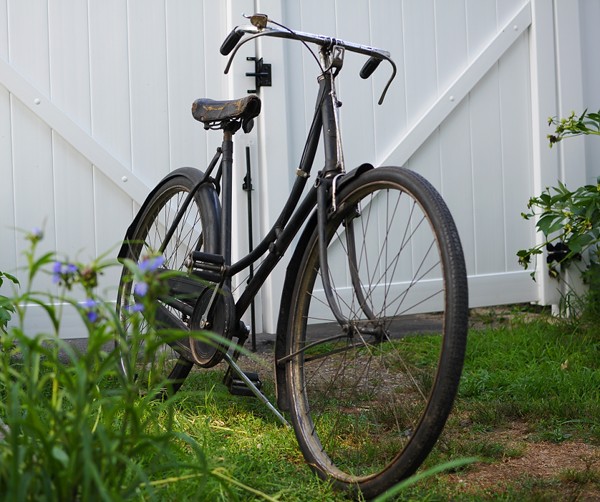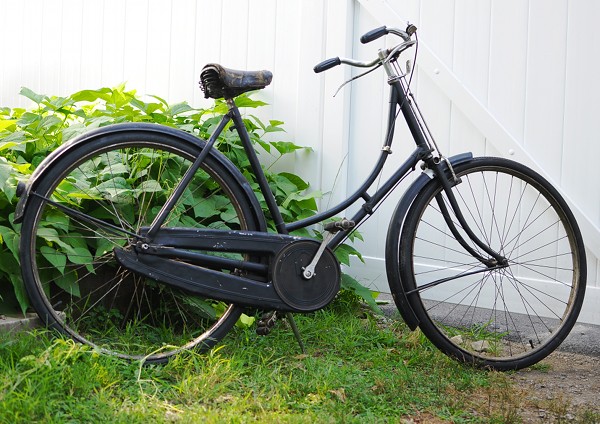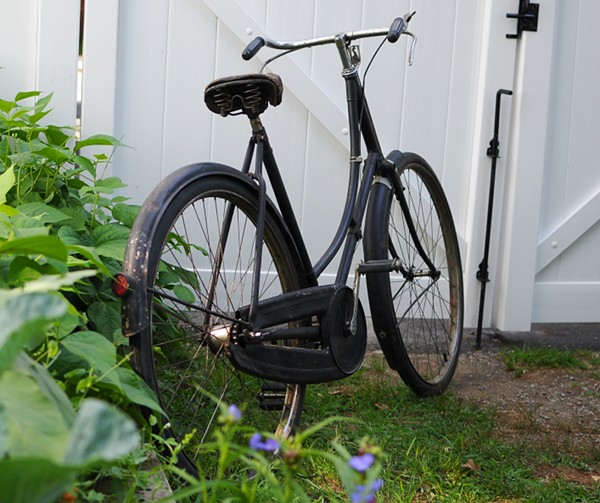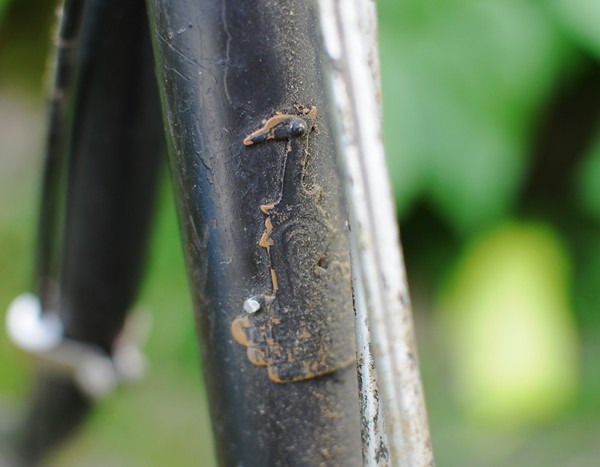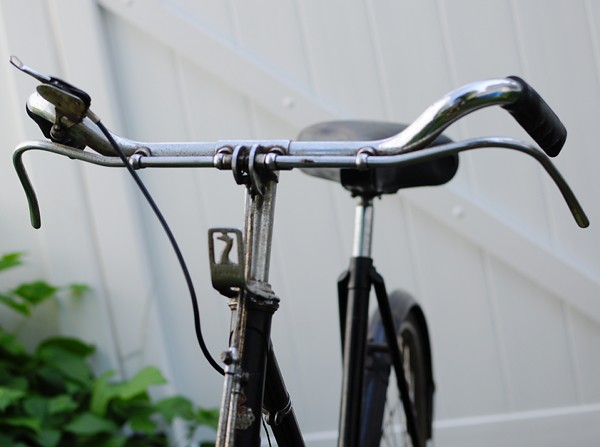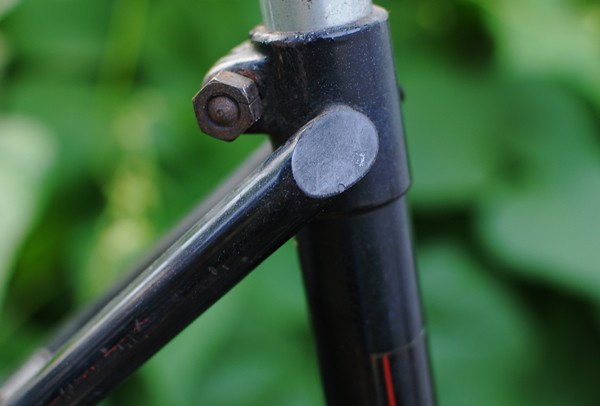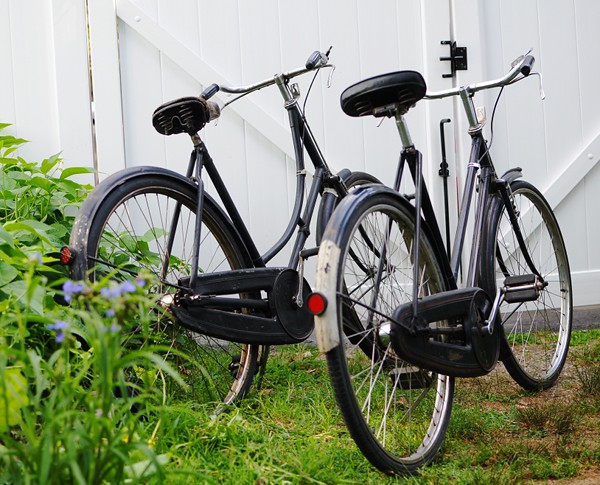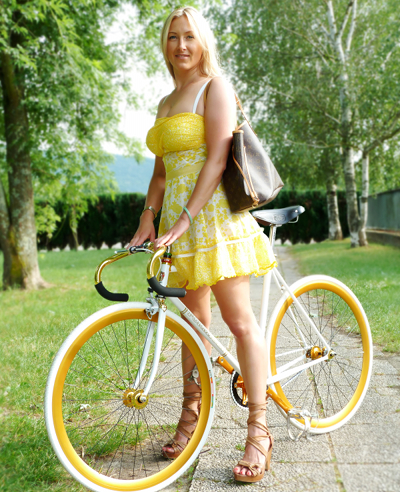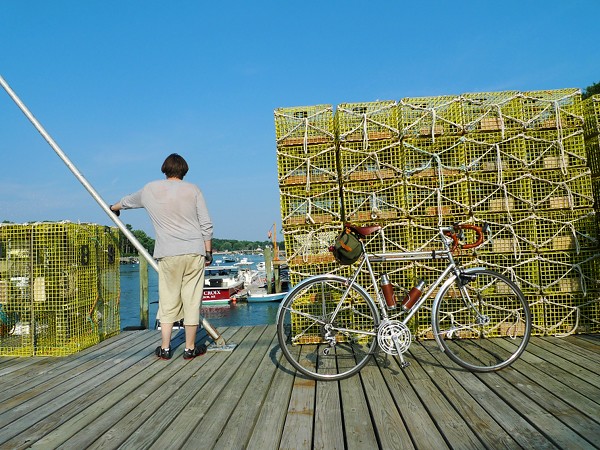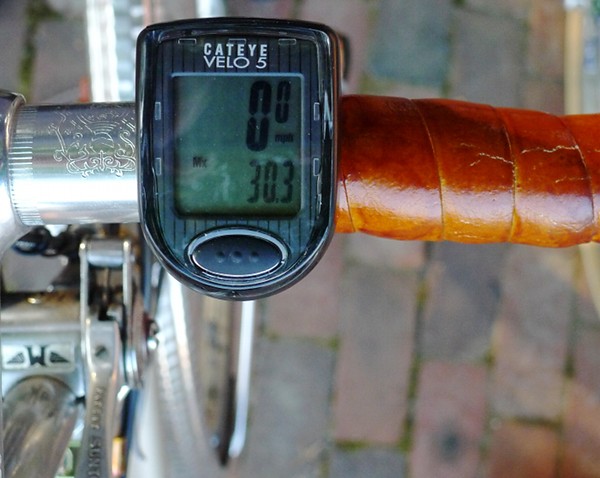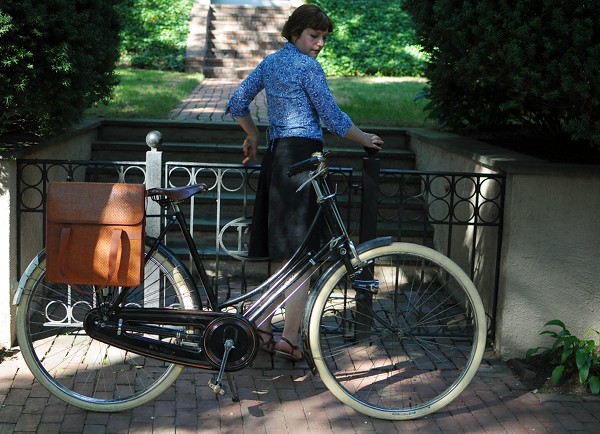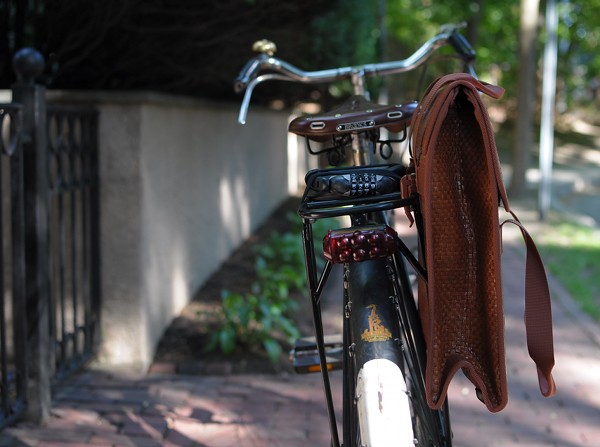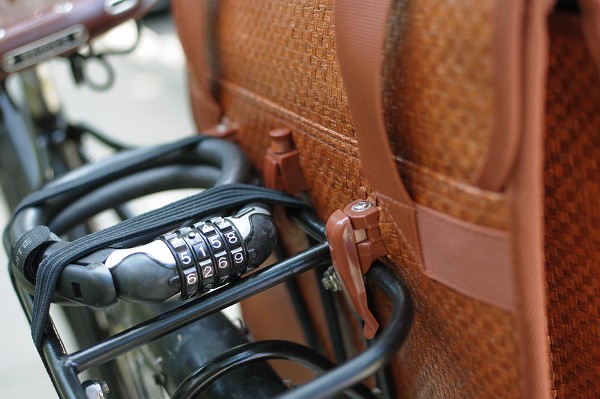When I was a boy of fourteen, my father was so ignorant I could hardly stand to have the old man around. But when I got to be twenty-one, I was astonished at how much he had learned in seven years.
-Mark Twain
For most of my life I refused to admit that I was wrong, especially when it came to advice given to me by my father. I now see, with naked clarity, how right and caring and sensible my father's cornerstone advice has been from the very beginning.
Perhaps the most consistently contentious issue between fathers and sons is the question of work and how to be successful in the real world. Right from the get-go, I thought I should start at the top. I was a talented young man and I thought everyone around me should realize this. With an air of entitlement and a growing grandiosity, I did not believe that I should have to pay my dues like other people. As a result, I constantly tried to find a short cut to the big time.
The baseball metaphor my father always used was that I was trying to hit a home run rather than focusing my efforts on getting to first base. In fact, I expected to hit a game-winning grand slam in my first major league at bat, resulting in immediate enshrinement in the Hall of Fame. As most of us have come to learn through the lens of life experience, such ridiculous expectations lead directly to strikeouts and dead ends, failures that take place without the honesty of a nuts and bolts beginning. But my father and I came from very different backgrounds, and that is the genesis of our conflicting outlooks on life.
My father is a prototypical example of the American dream come to life, a self-made man who achieved success through hard work. In Denver, Colorado, he grew up in a middle-class family that often experienced a roller coaster ride of economic ups and downs. Focusing on the promise of college, Dad won a scholarship to Brown University. Digging into his studies while forming a close-knit group of friends, he thrived at Brown.
Upon graduation, my dad married my beautiful mother at the Plaza Hotel in New York City and obtained an entry-level position at a Wall Street brokerage house. As the years passed and children were born, Dad worked with an unswerving determination, becoming a respected partner of the firm and the head of the sales team. He worked hard, but was also innovative, and eventually became a renowned expert in raising capital when others failed.
His most famous effort was captured in the book, Behind Closed Doors: Wheeling and Dealing in the Banking World, by Hope Lampert. Dad is a central character in a chapter on the challenge of raising money for the initial public offering of the computer company Compaq. Nobody thought anyone could go up against IBM at the time. But after interviewing the founders of Compaq, Dad found an angle to use to sell the company to the investors. By 1992, Compaq was the biggest supplier of personal computers in the world.
In contrast to my father's hard-earned success, I grew up as a privileged Upper East Side New Yorker who expected everything to be handed to him on the proverbial silver platter. Like my father and both of my sisters, I went to Brown where I majored in literary theory, and partied until the wee hours of the morning. After college, I headed out to Los Angeles where I fed into the dream of selling a big screenplay. Although my partying became habitual and out of control, I always thought the next big script sale would change everything. If only I could hit the legendary game-winning grand slam home run, life would fall into place and the prison cycle of addiction would end.
Seeing my attitude firsthand, my father told me that there were no short cuts, and that everyone had to pay their dues. I never listened, always trying to convince him and myself that the next big thing was waiting just around the bend. Eventually, I lost my house and my marriage and wound up at a drug rehab facility. Never listening to the sound advice of my father and insisting on following my own path toward self-destruction, I ended up in a terrible place.
My father, however, never gave up on me and has been remarkably supportive throughout my sobriety. When I helped start a nonprofit investment company, my father accepted a place on the company's board and did everything he could to help us get off the ground. Since I had never worked in the past, I made a lot of mistakes. But with the faith 22of my family and the support of my father, I have been able to pay my dues and help get my career as a technical writer and a website optimizer off the ground. Unlike some old friends, I have not won an Academy Award or produced hundred-million-dollar films, but I have discovered my own sense of personal dignity and integrity.
What remains so amazing is that so many of the lessons I have learned have come directly from my father. Listening to him, I have come to realize that none of my successful friends were ever given a golden ticket to Willy Wonka's Chocolate Factory. Rather, all of them, whether they were lucky or incredibly gifted or both, paid their dues and worked hard to achieve their success. Like my father tried to teach me from day one, there are no shortcuts. No matter how talented or fortunate you may be, success is the product of sweat in the form of hard work -- showing up each day and doing your job to the best of your abilities.
This may sound like a bunch of awful clichés from a self-help manual. But each of these so-called clichés has been proven to work in the real world. My father still works hard, even after all of his success. Every weekday, at an age when many of his contemporaries have retired, my father wakes up early in the morning and sits down at the computer to see how the market is doing before launching into hours of networking and conference calls. I have such gratitude that my father has stuck by my side and believed in me even when I was unable to believe in myself. Learning from his example, I have finally embraced the challenges of being an adult. Without my father's consistent love and support, this might never have been possible.
BY: John Lavitt
Chicken Soup for the Soul: Thanks Dad

